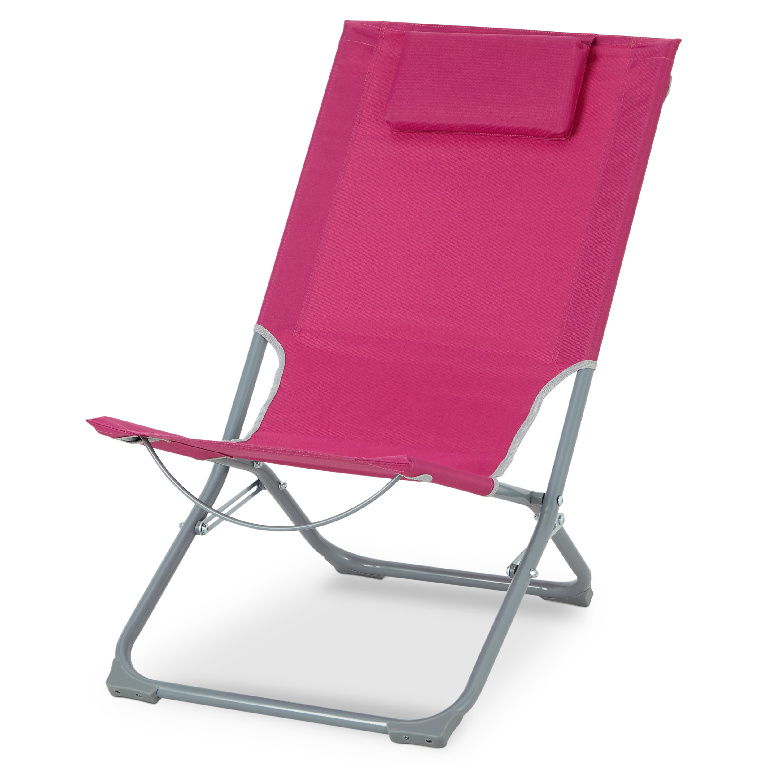
Noi pliabil de plaja pliant camping scaun pentru camping, picnic cooler de depozitare în aer liber cu suport pentru pahare convenabil și flexibil pentru \ mall - Sagora.ro

Scaun camping pliabil idealSTORE, Fabricat din otel si poliester, Dimensiuni 79 x 47 x 73 cm, Tetiera inclusa, Ideal pentru plaja si gradina - eMAG.ro

Dedeman - Sezlong plaja, 331.170RD, pliabil, structura metalica, rosu, 62 x 109 cm - Dedicat planurilor tale

Sezlong/ pat pliabil, scaun pliant in 2 poziții, cu tetiera, material textil impermeabil pentru plaja, gradina, terasa - SEZLONG1

În Aer Liber, Scaune De Camping Relax Garden Home Office Scaun Pliant Grele Plaja De Pescuit Fotoliu 150 Kg Petrecere A Timpului Liber Cu șezlonguri Pat reducere \ vanzare | www.casaaless.ro

Sezlong scaun pliant plaja sau gradina, Siesta, gravitatie zero, cu tetiera, 175x67x110 cm, negru - Sersimo














